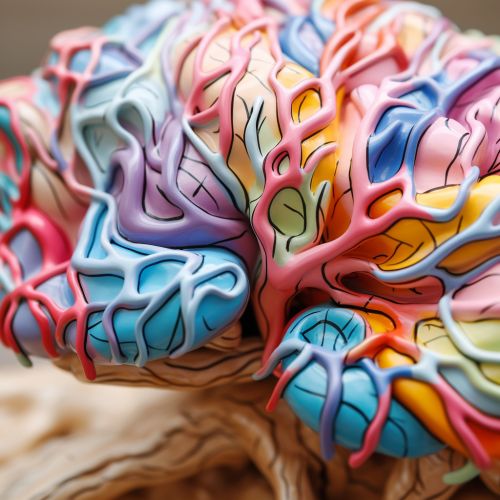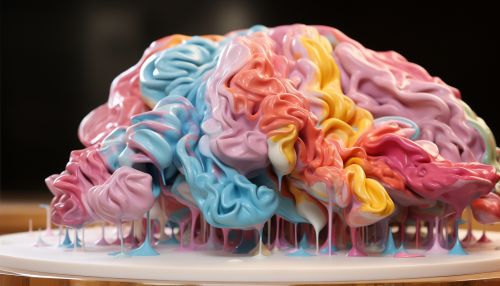Traumatic Brain Injury
Introduction
Traumatic brain injury (TBI) is a form of brain injury caused by an external force, such as a violent blow or jolt to the head or body, or an object penetrating the skull. It can result in physical, cognitive, social, emotional, and behavioral symptoms, and outcome can range from complete recovery to permanent disability or death.
Etiology
The leading causes of TBI are falls, motor vehicle accidents, struck by or against events, and assaults. Blast injuries are a major cause of TBI among active duty military personnel. Some TBIs also result from penetrating wounds, severe blows to the head with shrapnel or debris, and falls or bodily collisions with objects following a blast.
Pathophysiology
The damage in TBI can be divided into primary and secondary injury. Primary injury occurs at the moment of trauma when tissues and blood vessels are stretched, compressed, and torn. Secondary injury is a complex process that evolves over hours to days after the primary injury. It involves a cascade of cellular, molecular, and biochemical events that lead to neurodegeneration.
Clinical Presentation
The symptoms of TBI can be subtle and may not appear until days or weeks following the injury. Some symptoms are evident immediately, while others are not. The clinical presentation of a TBI patient can vary based on the severity and location of the injury.
Diagnosis
Diagnosis of TBI involves a clinical assessment followed by imaging tests. The Glasgow Coma Scale is often used to classify TBIs by severity. Imaging tests such as CT scan and MRI can help confirm the diagnosis and assess the severity of the injury.
Treatment
The treatment of TBI begins with the initial stabilization of the patient, followed by supportive care to prevent further injury. Rehabilitation is often necessary to help the patient regain function and independence. In some cases, surgery may be required to repair severe damage.
Prognosis
The prognosis for TBI can vary greatly depending on the severity of the injury. Some people recover fully, while others have lasting effects from the injury. Factors that can affect prognosis include the severity of the initial injury, the rate and extent of recovery in the first six months, and the presence of other medical conditions.
Prevention
Prevention of TBI involves measures to reduce the chance of a head injury. This can include wearing seat belts, using helmets in sports and on motorcycles, and making living environments safer for seniors.
Epidemiology
TBI is a major cause of death and disability worldwide. It is estimated that 69 million individuals worldwide suffer a TBI each year. The incidence is highest in individuals aged 15 to 24 years, and over 75 years.
See Also


